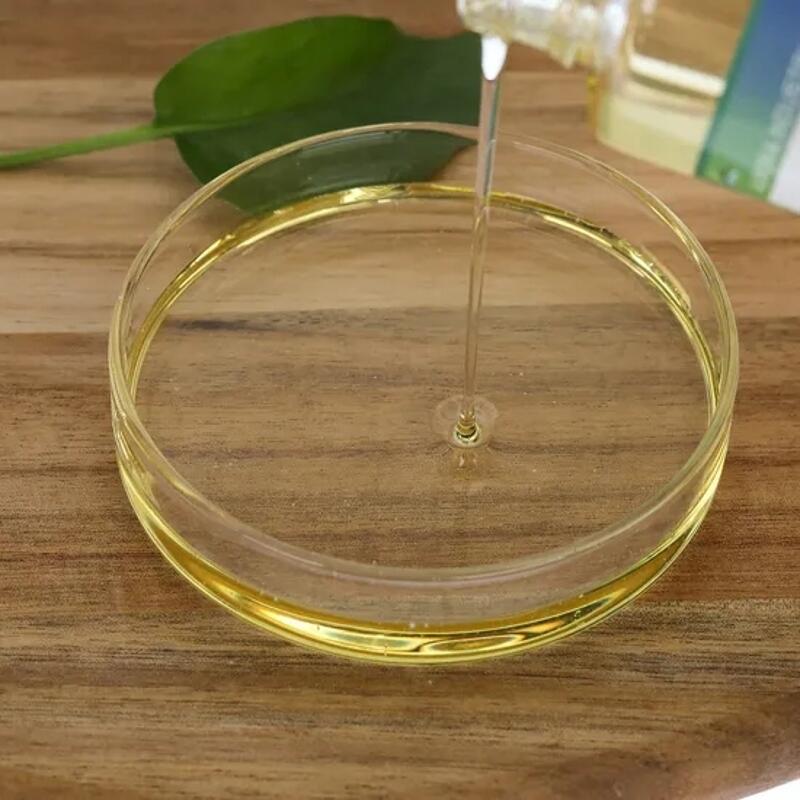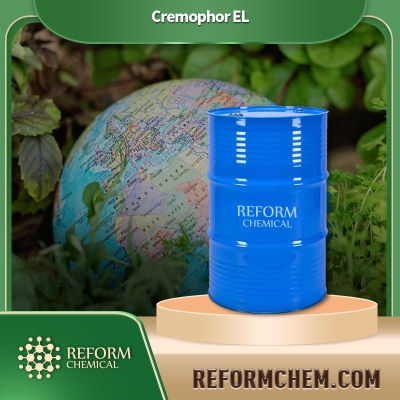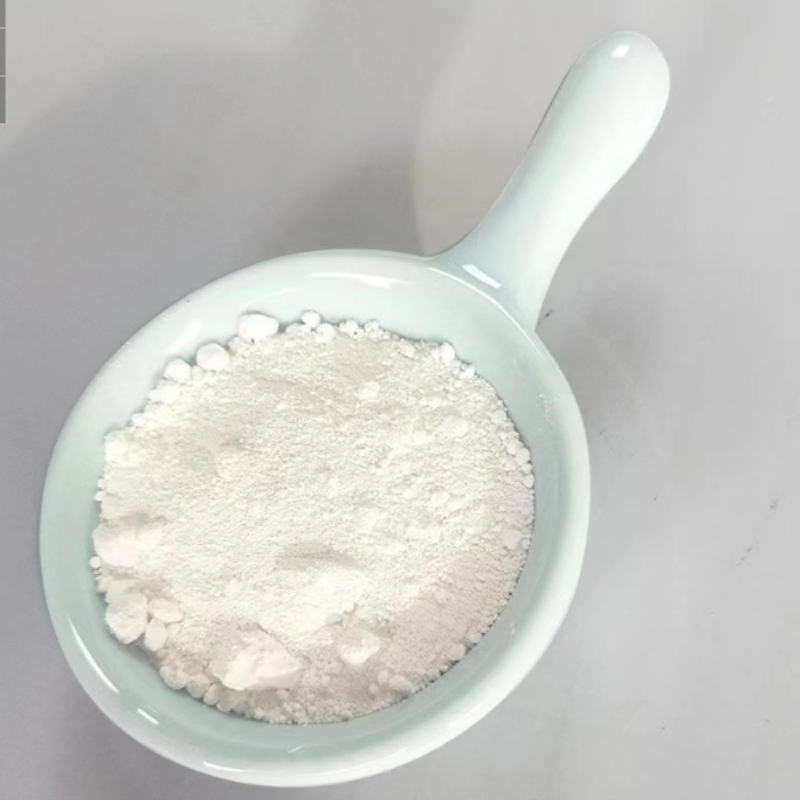Is olive emulsified wax harmful
-
Last Update: 2019-01-09
-
Source: Internet
-
Author: User
Search more information of high quality chemicals, good prices and reliable suppliers, visit
www.echemi.com
Introduction: emulsified wax emulsion is extremely stable and safe to use It does not break down and floats and does not stain equipment and yarns High temperature resistance, even if the working fluid temperature reaches 100 ℃, there will be no adverse reactions Is there any harm of olive emulsified wax following the safety net? Emulsified wax is mainly used in yarn finishing and textile finishing agent Yarn finishing is to use emulsified wax on the finished product line, which can produce high luster, deeper and brighter color, as well as higher elasticity and tensile strength It is mainly used as an important component of textile finishing agent to give these textiles excellent soft feel, good smoothness and glossiness Do you know how about emulsified wax? Of course, the emulsified wax is to disperse it in water With the aid of the directional adsorption of emulsifier, it changes the surface tension and becomes a high dispersion, uniform and stable emulsion under the action of mechanical external force The production of emulsified wax is a quite mature technology, which can be used in paper making, leather, wood, agriculture, explosives, medicine, ceramics, cosmetics, automobile protection and other industries and fields This paper mainly studies the emulsification phenomenon and emulsification effect of paraffin as raw material Let's understand the harm of olive emulsification wax? Commonly used olive oil emulsified wax is made from olive oil The emulsified wax made by olive oil is basically a natural emulsifier A simple understanding of emulsifier is that it can mix oil and water together and change its properties Most of the emulsion, cream, essence and other cosmetics in daily life are more common, which is one of the matrix materials of cosmetics The emulsification efficiency of the natural emulsifier may not be as good as that of the synthetic one, but the properties of the natural emulsifier are more stable, the pH is wider and the side effects are less In the preparation of emulsified wax, the order of emulsifier addition can also affect the stability of emulsified wax There are several ways to add emulsifier as follows: 1) agent in the water phase method: the emulsifier is directly dissolved in the water, and the oil is added under intense agitation 2) Agent in oil phase method: add emulsifier into oil phase, then add water to directly prepare w / O emulsion If you want to get O / W emulsion, continue to add water until the transformation takes place, from the internal phase to the external phase, so that the hydrophilicity lipophilicity can reach a proper balance, and then re emulsify, which is often better than direct emulsification 3) Natural emulsification and dispersion method: add the required O / W emulsifier into the oil to make a solution When using, put the solution directly into a certain proportion of water, and then form the O / W emulsion with a little agitation 4) Alternate addition method: add water and oil to the emulsifier in turn, adding only a small amount each time 5) Primary soap method: dissolve fat in wax, alkali in water, and soap will be formed when two phases contact at the interface 6) O - D emulsification: the emulsifier is dissolved in alcohol aqueous solution to form a homogeneous and transparent mesophase D, and form a lamellar liquid crystal by adding oil and solubilization The O D emulsion is added to form a gel emulsion, and the water is gradually turned to form O/W type emulsion Because the solubility of emulsifier in oil is limited, O-D emulsification is more effective than other methods The above is the content of the harm of olive emulsified wax introduced by the small editor of Baibai safety net If you want to know more about food additives, please continue to browse the content in the food safety knowledge base of this net, so that your family can eat healthier food Editor in charge: Zhang Xiaofu
This article is an English version of an article which is originally in the Chinese language on echemi.com and is provided for information purposes only.
This website makes no representation or warranty of any kind, either expressed or implied, as to the accuracy, completeness ownership or reliability of
the article or any translations thereof. If you have any concerns or complaints relating to the article, please send an email, providing a detailed
description of the concern or complaint, to
service@echemi.com. A staff member will contact you within 5 working days. Once verified, infringing content
will be removed immediately.







